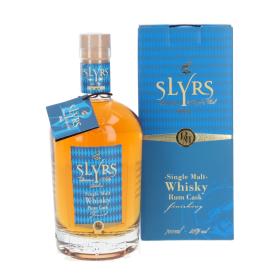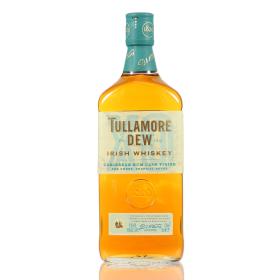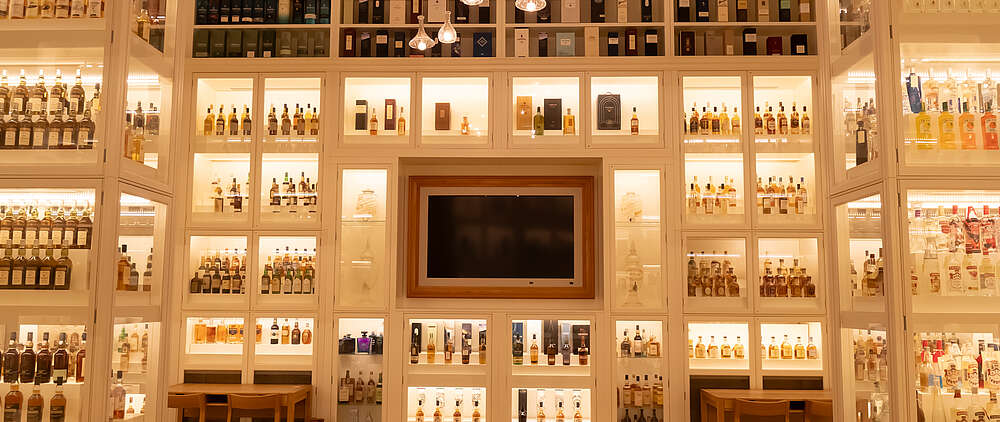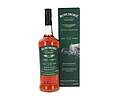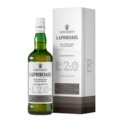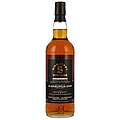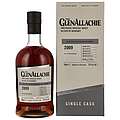Origin
There is some disagreement about the origin of the sugar cane plant from which rum is made: information on this varies spatially between Papua New Guinea, China, Indonesia, India and the Philippines and temporally between 10,000 and 6,000 BC. But it is certain that the sugar cane plant reached the Middle East through trade in the first century AD, and over time the sugar juice obtained found its way to Central Europe via the Mediterranean countries. In 1493, Christopher Columbus brought sugar cane to the Caribbean. Specifically to the island of Hispaniola, which today is divided between the Dominican Republic and Haiti. Here it is cultivated on a large scale. At that time, the molasses, the waste product of sugar production, was still given as food to slaves or animals working on sugar plantations.
By chance, it was discovered that molasses mixed with water begins to ferment and a kind of sugar wine is produced. This was then turned into a brandy by distillation, which increased the profit margin of the product.
At that time, this brandy was called 'Eau de Vie' or 'Aguardente', which means firewater. Other names were 'Cachaça' (Portuguese), 'Berbaje' (Spanish), 'Kill-Devil' or 'Rumbullion' (English).
Production
Sugar cane cuttings can be harvested for the first time after nine months at the earliest and 24 months at the latest. This depends on the sugar content of the plant: Regular samples are taken and when the values are high enough, the cane is beaten. After beating, bacterial infestation immediately sets in at the cuttings. This means that the cane loses its sugar content and must be processed further quickly. There are two possibilities in production: rum from molasses or 'rhum' (not a spelling mistake! - official spelling for this type of rum) from fresh sugar cane juice. Yeast is added to this for fermentation. Molasses is the dark, viscous mass left over after the production of granulated sugar, which contains enough sugar to be used for distillation.
In most cases, however, 'finished' molasses is bought, which is a 'waste product' from sugar production anyway, so to speak. Depending on whether a lighter or stronger rum is to be produced, the time of fermentation varies between twelve hours and seven days. The average is around 24 to 32 hours. The resulting sugar wine has between 6% and 10% alcohol content. Distillation is mainly done in column stills, as this is cheaper - as in whisky production - and produces a lighter spirit. In the past, a lot was also distilled in pot stills, which resulted in a heavier brandy. Although the pot still process is the most expensive method of rum production, it is nevertheless used by many because it produces a particularly expressive rum. As with the production of whisky, it is usually double-distilled, diverting the pre- and post-distillation and collecting only the heart, the middle-stream. As you know from whisky production, volatile substances such as methanol evaporate first at 'low' temperatures, which is why the forerun is separated. With longer distillation, heavier rums can be produced, which then contain more fusel oils. Or lighter ones with a correspondingly lower proportion of these oils. In the continuous column still process, there are even 'three-column plants' and 'multi-column plants' in rum production, which have helped Bacardi, among others, to great success.
After distillation, rum, like whisky, is colourless and clear. If this 'colour' remains the same during the subsequent storage, we are dealing with 'white rum'. This is usually stored in steel tanks, which cannot release any colour. The maturation period for rum ranges from a minimum of three months to six years. For us whisky connoisseurs, this may seem rather short. However, storage in the warm Caribbean climate is much quicker than in more northern regions such as Scotland. A five-year-old rum has about the same degree of maturity as a 20-year-old whisky. When rum is stored in wooden barrels, it takes on colour and turns brown. The barrels used are, as with the Scottish single malt, mostly ex-bourbon barrels made of white oak, which are burnt out heavily before being filled. This creates caramel and vanilla aromas that are absorbed by the rum, just as in whisky maturation. In turn, the pores of the barrel become saturated with rum. And many a whisky now matures in these barrels.
Effect on the taste
Maturation in rum casks brings out the fruity notes in the whisky. This also includes sweet aromas such as vanilla or caramel from the oak casks. Furthermore, a rum cask gives the whisky more spice and complexity in terms of aromas, but also makes it softer at the same time.
Effect on the colour
Rum is a golden to amber liquid. However, as described earlier, this colour comes from the burnt-out cask, which conversely means that the rum does not give off any colour to the cask. So the colour that whisky absorbs from rum casks does not come from the rum itself, but from the wood and charcoal produced during the burnout.

